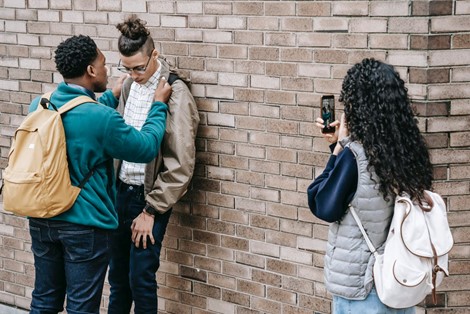Bullying has been a major problem for a long time and hundreds of thousands of children experience some form of bullying every single day. While public awareness of the prevalence of bullying is at all time high, the problem not only has not been eradicated, but in the era of social media, it has become…
Continue reading ›Immediate Response!










